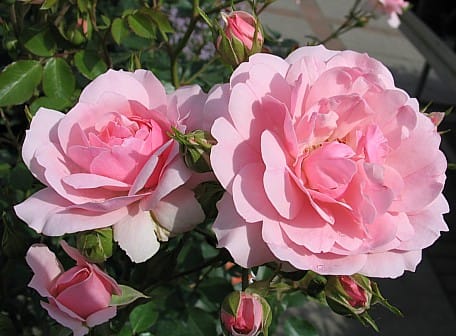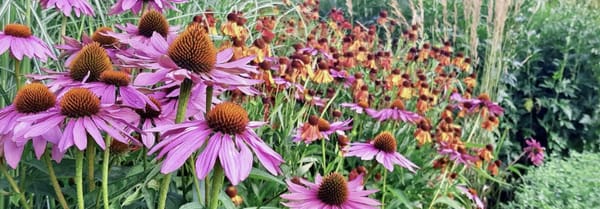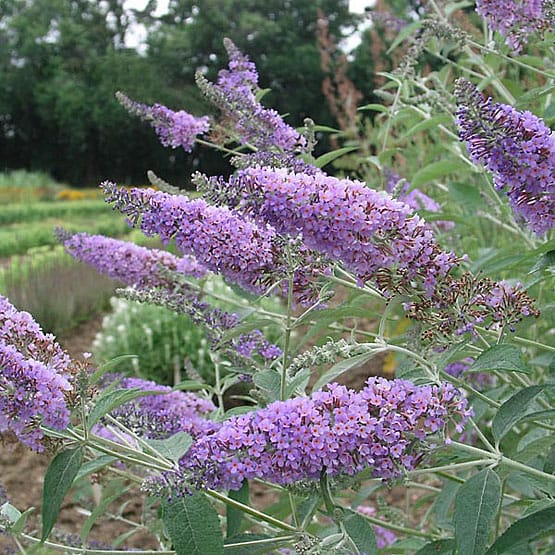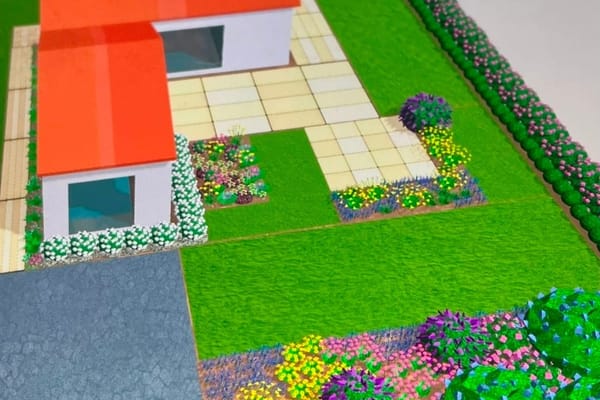Resilient Beauty: The Rose

By Zona Forsyth and Lesa Jones
“A rose must remain with the sun and the rain or it’s lovely promise won’t come true.” …. Ray Evans
In our last post we talked about the historical significance of the rose over the centuries. In this segment we will discuss their resilience and care, typically demanding minimal maintenance.
There are few plants more beautiful than a healthy, well-placed rose. Roses are fairly easy to grow as long as they are given adequate sunlight, nutrients and protection from the wind. Roses need at least 6 hours of sun per day. I find they do best on the South, south/west and west sides of the property. However, there are many varieties that can adapt to shade and extreme weather conditions.
In general, they thrive best in USDA zones 5-8, but there are many varieties available for USDA zones 2-12. The best roses for colder regions (USDA zone 2-3) include the Canadian Explorer Rose Series and the Parkland Rose Series. The best roses for warmer regions (USDA zone 6-12) include Antique, climbing, David Austin, Floribunda, grandiflora, ground cover, Hybrid Tea, miniature and Regosa.
Today, there is an estimated 30 to 35 thousand hybrids and cultivars, showcasing a variety of colors and scents, available and are proudly displayed in gardens around the world. They are used as cut flowers, in potpourris, perfumes, and teas.
Roses are also available in many forms, shapes and sizes, and are used in many garden applications. For example, low and spreading for ground covers, shrub form for formal gardens, climbing for trellises and tall form for cut long stem roses.
As noted earlier, roses generally require minimal care, however there are some basic guidelines to follow regarding soil, water, circulation, companion plants, mulching, winter protection, pruning, deadheading, structural support, fertilization and pest/disease to ensure your garden beauties will grace your garden for years to come.
Soil Conditions
Roses grow best in a well-balanced texture of sand, silt and clay or better known as loam soil. If you are lucky enough to have loam soil or you are planting them in raised planters or containers, the roses with thrive naturally in their space.
Water Requirements
It’s best to water early in the morning so the leaves are allowed to dry. This helps prevent the roses from getting diseases or the leaves from getting sunburned. Provide a regular watering schedule, keeping the soil moist but not soggy. I
usually, water newly planted roses every day until they are established. Once established, and depending on the weather, I water them every 2-3 days.
Circulation
Air Circulation between roses is important they thrive on good air movement and it help keeps them from attracting pests and contracting diseases. Depending on the type of rose, I usually try to plant them 3-4 feet apart. According to the American Rose Society, climbing roses should be planted 4-5 feet apart, standard tree roses 3-5 feet and standard roses 2-3 feet apart.
Companion Plants
As mentioned before, roses thrive when given ample space, however, carefully adding certain companion plants can prove to be beneficial and will help insure a healthier rose garden. Introducing specific companions, such as Alliums, Thyme, Geraniums, Marigolds, and Lavender, not only fosters a healthier rose garden but also attract vital pollinators like bees, butterflies, and hummingbirds. Furthermore, this thoughtful arrangement serves as a natural deterrent for deer, rabbits, and unwanted insects, such as aphids, weevils, rose beetles, and nematodes.
Mulching
Applying mulch around your roses will help protect roots by regulating soil temperature, suppress weeds, and conserve water. It will also minimize water splash onto the leaves. During the fall, I usually add an additional layer of mulch, such as wood chips or straw to protect the plant from the harsh winter climate.
Winter Protection
As mentioned before, it is best to add an extra layer of mulch to regulate the soils temperature and protect the roots of the rose bushes. I actually do this in all my planting beds. I also collect the falling leaves from the trees to give them a little extra insulation. In addition, I wrap burlap around the canes of the rose bushes to protect them from frost.
“You can complain because roses have thorns, or you can rejoice because thorns have roses.” …. Ziggy
Pruning
Depending on your location, pruning roses should be done in early Spring. For example, in milder climates pruning should be done in between January and March. If you live in an extreme climate area you may wait between March and April. For example, in colder climates, it may not start showing signs of Spring until late April and the last frost can be as late as June.
The basic rules of pruning are to remove spent flowers, suckers (branches growing outside of the graft), dead or diseased wood and crossing branches. This will insure better blooms during the growing season. Ensure you don't overlook the necessity of maintaining your pruning shears—cleaning and sharpening them is crucial. When engaging in rose care, wear long sleeves and sturdy gardening gloves. This not only facilitates clean cuts and minimizes the risk of disease transmission but also provides essential protection against the unexpected grasp of thorns, akin to a striking rattlesnake.
Deadheading
Deadheading is when you remove the spent flowers. This will encourage more blooms during the growing season and it will prevent the rose from putting energy into producing seeds. Personally, I have a couple of rose bushes that I don’t dead head each year so I can collect the rose hips to dry to make tea. I don’t do it every year, but it is kind of fun.
Structural Support
Bush roses generally don’t need support, but if you have climbing roses make sure they are properly secured to a trellis, stake or other type of structure. Few sights rival the beauty of a climbing rose gracefully espaliered on a wall or cascading over a well-placed trellis. Ensuring their proper securement is paramount, not only to guide their ascent but also to prevent any leaning or falling over.
Fertilization
Fertilizing roses is essential for bloom production. An application of a slow-release fertilizer every 30 days between May and July will give you an abundance of late spring and summer blooms. If you are a beginner to growing roses, I suggest you buy a fertilizer specially formulated for roses. However, a word of caution, don’t over fertilize as it promotes more leaf foliage and less flowers.
Disease and Pests
As resilient as roses are, they are not pest free, and it’s best to try and apply safeguards before problems begin. Inspect your roses regularly for aphids, mites, caterpillars, powdery mildew and black spot. If you use companion plants, this can help minimize some of these problems. However, if other measures don’t work, remove infected foliage and use insecticidal soaps and fungicides to remove pests and/or diseases. In addition, use natural deer repellents. Some people find success with homemade remedies using solutions containing garlic, hot pepper and soap.
“Long live the rose that grew from the concrete when no one else ever cared.”
…. Tupac Shakur
In conclusion, with dedication to proper pruning, pest control and ideal conditions, roses will thrive and reward you with their resilient beauty and stunning blooms for years to come.
References:
https: http://rosehow.com/growing-roses-in-cold-climates/
https://www.midwestgardentips.com/rose-index-1/canadian-explorer-roses
https://ottoandsonsnursery.com/learning-center/#rose-care-university





